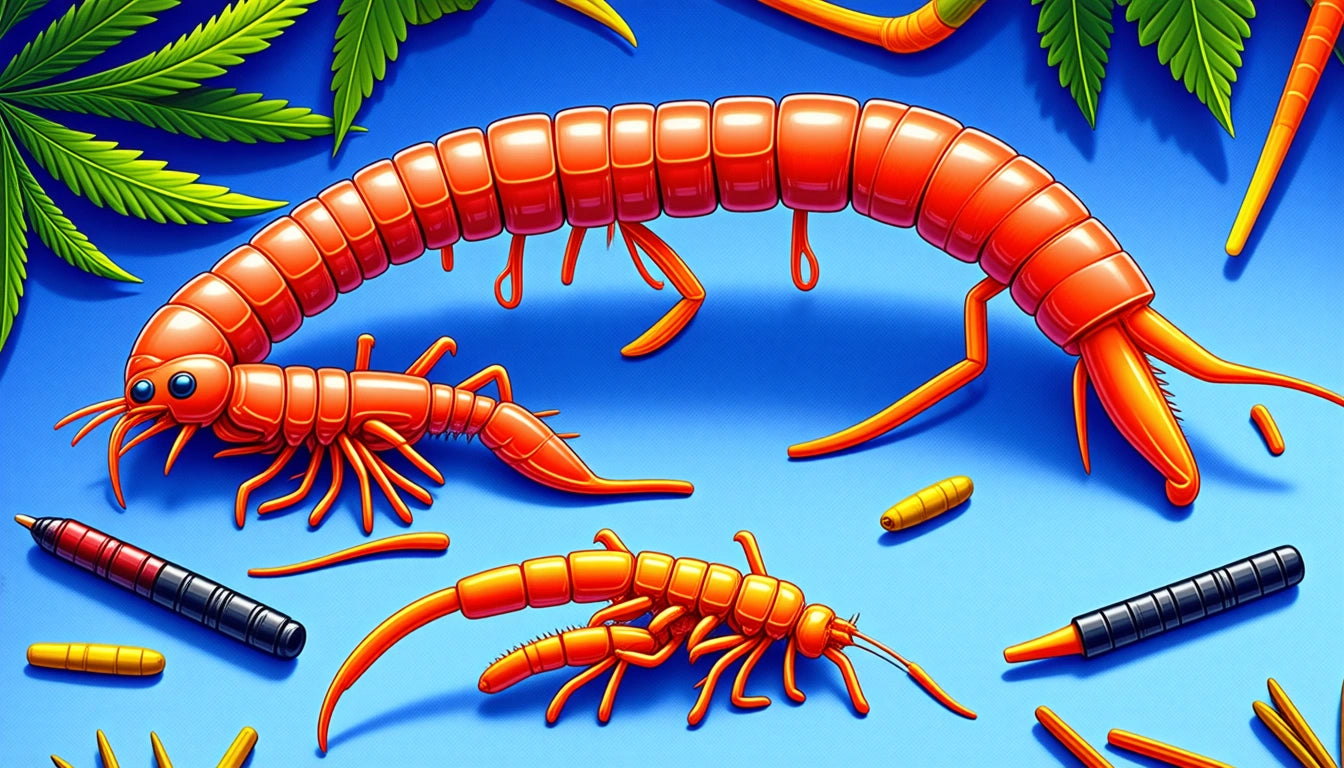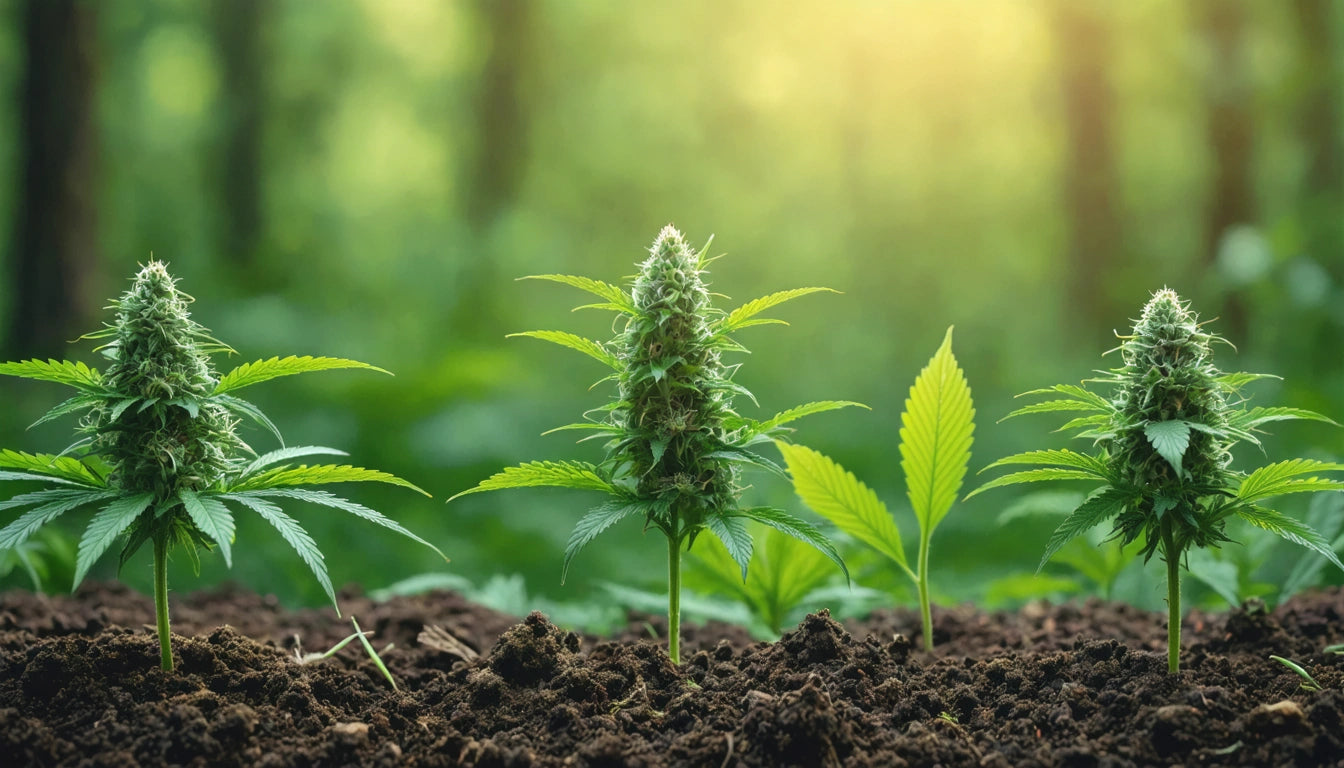Table of Contents
How Cannabis Use Impacts Sperm Health and Fertility
As cannabis legalization expands across the United States, questions about its effects on reproductive health have become increasingly important. For men concerned about fertility, understanding how marijuana affects sperm is crucial for making informed decisions about consumption. This article examines the current scientific understanding of cannabis's impact on sperm health and male fertility.
The Cannabis-Sperm Connection: Understanding the Basics
The relationship between cannabis use and sperm health stems from the presence of endocannabinoid receptors throughout the male reproductive system. These receptors, which interact with cannabinoids like THC, are found in the testes, sperm cells, and other reproductive tissues. When cannabis is consumed, these compounds can potentially interfere with normal reproductive processes.
Research indicates that the endocannabinoid system plays a significant role in regulating sperm development, maturation, and function. As detailed in this comprehensive overview, cannabis compounds may disrupt this delicate balance, potentially affecting fertility outcomes.
Key Effects of Cannabis on Sperm Parameters
Sperm Count and Concentration
Multiple studies suggest that regular cannabis use is associated with reduced sperm count and concentration. Research on cannabis and sperm count indicates that frequent users may experience a decrease of up to 29% in sperm concentration compared to non-users.
Motility and Morphology
Cannabis consumption appears to affect not just the number of sperm but also their quality and functionality. Studies have found that regular marijuana use correlates with:
- Decreased sperm motility (swimming ability)
- Abnormal morphology (shape and structure)
- Reduced capacitation (the process that enables sperm to fertilize an egg)
These changes can significantly impact fertility potential even when sperm count remains within normal ranges.
How THC Influences Reproductive Function
THC (tetrahydrocannabinol), the primary psychoactive compound in cannabis, appears to be the main culprit behind many of these reproductive effects. Studies on THC and fertility suggest several mechanisms through which it may affect sperm:
First, THC can disrupt the hypothalamic-pituitary-gonadal axis, potentially altering hormone production essential for healthy sperm development. Second, it may directly impact the seminiferous tubules where sperm are produced. Finally, oxidative stress induced by cannabis compounds can damage sperm DNA and cellular structures.
When considering how to store cannabis products properly to maintain their potency while minimizing exposure to children, many consumers turn to specialized storage solutions like resealable mylar bags that help preserve cannabinoid content while providing child-resistant features.
Frequency and Dosage: How Much Is Too Much?
The relationship between cannabis use and sperm health appears to be dose-dependent. Occasional use may have minimal or temporary effects, while heavy, chronic consumption shows stronger correlations with reduced fertility parameters.
Research suggests that daily or near-daily cannabis use has the most significant impact on sperm health. This examination of marijuana's effects indicates that reducing consumption may be beneficial for men concerned about fertility.
Importantly, the method of consumption (smoking, vaping, edibles) may also influence outcomes, with smoking potentially causing additional harm through respiratory toxins.
Reversibility of Cannabis-Related Sperm Changes
For men concerned about how does marijuana affect sperm long-term, there is encouraging news. Many studies suggest that cannabis-induced changes to sperm parameters may be reversible after cessation of use. The human body continuously produces new sperm, with a complete cycle taking approximately 74 days.
Research indicates that significant improvements in sperm quality can occur within 3-6 months after stopping cannabis use. This timeframe allows for the complete replacement of sperm that may have been affected by THC exposure during development.
However, it's worth noting that heavy, long-term use may potentially cause more persistent effects that could take longer to reverse. This exploration of cannabis and reproductive health provides additional context on recovery timelines.
Future Research Directions and Practical Recommendations
While current research provides valuable insights into how cannabis affects sperm, several questions remain unanswered. Future studies need to better distinguish between different cannabis strains, consumption methods, and individual factors that may influence outcomes.
For men concerned about fertility, consider these evidence-based recommendations:
- If actively trying to conceive, consider temporarily reducing or eliminating cannabis use
- Allow at least 3 months of abstinence before planned conception attempts
- Discuss cannabis use openly with healthcare providers during fertility consultations
- Consider that cannabis may also affect hormone levels, creating additional fertility considerations
While moderate or occasional use may have minimal impact for many men, those experiencing fertility challenges should view cannabis reduction as a potentially beneficial and relatively straightforward intervention.
As research continues to evolve, maintaining open communication with healthcare providers about cannabis use will ensure the most personalized guidance for reproductive health decisions.











Leave a comment
All comments are moderated before being published.
This site is protected by hCaptcha and the hCaptcha Privacy Policy and Terms of Service apply.